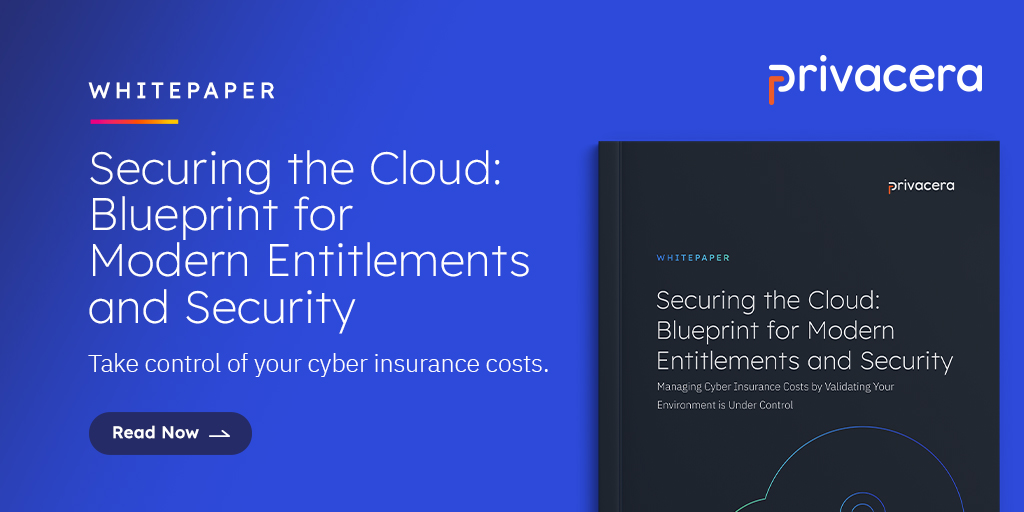Three years before ChatGPT hit the market, McKinsey & Company reported that almost 80% of company executives who used AI technology found it valuable to do so. Half a decade later, AI is everywhere, used by everyone from casual consumers to tech gurus and entrepreneurs. But with this surge in popularity come new concerns about AI and data privacy.
In this article, we’ll take a deeper dive into those concerns, defining AI privacy issues and the challenges they represent. We’ll also explore regulations affecting AI use—current and future—and what business leaders can do to stay on top of it all.
Understanding Data Privacy Challenges in AI
For regulators, data protection is the most urgent of the concerns around AI privacy. Generative AI—currently the most-used type—works by collecting data across the Internet and using it to mimic text, design, and other human qualities.
In doing so, this technology might theoretically access and collect confidential data like personally identifiable information (PII) from individuals, sensitive government data, or proprietary trade secrets. And the Internet hosts not only websites but also other types of content, such as books, journals, and research papers, which compounds the threat.
Simply possessing this information can raise ethical and legal issues. It also opens the door to data exploitation, or the misuse or illegal selling of sensitive data, while presenting a lucrative target for hackers, adding yet another item to the list of enterprise cybersecurity priorities.
Other AI data privacy issues include interpretation bias, which can reflect discriminatory intent in the original language, even if unintentional. And tools like ChatGPT can be used to support more effective phishing emails and other attacks, intensifying an already prevalent risk to individuals and companies.
AI Data Privacy Regulations and Compliance
This surge in AI use comes at a time when governments around the world are imposing self-described “harsh” data privacy laws. Affecting most companies over a certain size who interact with their citizens, these laws may not specifically address AI (yet). But with provisions described as “highly relevant” to AI, certain regulations provide a logical foundation for AI privacy compliance.
The first and biggest, the EU’s General Data Protection Regulation (GDPR), takes a “rights-based” approach to protect personal information against unauthorized collection and misuse, giving consumers the chance to opt out without repercussions. The California Consumer Privacy Act (CCPA) and Privacy Rights Act (CPRA) apply similar standards to America’s most populous state.
More states have passed similar legislation amid an ongoing push for a federal law. And with the many calls for AI oversight, including an October 2023 White House declaration, more laws requiring AI compliance are surely on the way.
The Role of AI Security Governance
If the laws governing ai and data privacy are growing more numerous and complex, they’re also casting a wider net. Indeed, these laws may apply to not just technology development firms but any company that uses AI or whose workers access it on company machines. And that means virtually every enterprise today needs an AI governance strategy.
What is AI governance? Referring both to a government’s laws regulating the use of AI technology, and to a private company’s efforts to stay in compliance with those regulations, AI governance is the process of managing every instance of AI use. For businesses, it means achieving comprehensive oversight and control over every aspect of AI within their operations.
But creating a central AI oversight apparatus does more than help maintain regulatory compliance. An effective AI governance strategy within an enterprise also helps safeguard businesses and their customers from harm while boosting operational efficiency and flexibility, while also enabling faster and more secure access to data. In short, it gives organizations the knowledge and means to maximize the value they derive from AI technology.
Key Components of AI Security Governance
The job of AI governance is big and complex. Tackling it requires an elaborate framework of processes and solutions. And, while each organization’s AI governance framework will be unique, varying in scope, function, and complexity, it must also include some universal components.
In the absence of an overarching AI governance framework, leaders can look to the White House Executive Order on AI for the primary components to include in their strategy, which includes:
- Implementing AI-specific security policies, which include publicizing information impacting public safety.
- Creating policies to protect the privacy of consumer data.
- Working to prevent the sharing of biased or discriminatory outcomes.
- Protecting and promoting consumers, patients, and students.
- Mitigating harm to workers, including addressing job displacement and workplace equity.
- Promoting research, innovation, and market competition.
- Participating in global leadership and partnership to promote universal standards.
- Helping to ensure the government’s policies are responsible and effective.
Implementing AI Security Measures
Understanding the components of AI governance is one thing; successfully putting them together is another. The best place to start is with an AI governance framework, or a blueprint for comprehensive AI oversight and management.
Depending on their resources and level of need, organizations can opt for a formal governance plan that covers every possible contingency and use case. (With enterprise-level organizations, this is usually handled by an AI ethics board.) More modest-sized businesses may opt (or need) to pursue an informal or ad hoc approach that covers their most urgent needs first.
Whatever type of AI governance framework they ultimately implement, every leader should understand success requires not just their active involvement but also engaged oversight. It’s also important to ensure their company culture reflects that strategy, with internal policies and training making it clear AI governance is the collective responsibility of everyone on the team.
Security Risks Associated with Large Language Models
Many of the current privacy concerns around AI center on large language models (LLMs), the form of AI most widely used today and the basis for OpenAI’s ChatGPT. A type of generative AI, these platforms create new content based on the huge amounts of “training data” they collect from the Internet, making LLM data privacy a major concern in the context of laws like the GDPR, CCPA, and CRPA.
Other large language model security risks include legal action over inadvertent bias and inaccuracies, as well as constantly evolving cyberattacks by hackers dedicated to finding and exploiting vulnerabilities in these new platforms.
Safeguarding Large Language Models
Given the widespread use of ChatGPT and tools like it, achieving LLM data privacy is essential not only to AI developers but any organization that wants to secure itself against the risks associated with large language model security. Leading AI governance specialists have defined best practices for doing just that, including:
- Real-time data discovery, classification, and tagging to stay on top of sensitive information.
- Access controls, encryption, and data masking to redact, de-identify, mask, encrypt, or remove sensitive data.
- Real-time prompts or responses based on AI governance policies.
- Continuous, AI-powered monitoring and auditing to ensure compliance and fuel constant improvement.
Real-World Applications of LLM Data Privacy
The need for compliance with AI and data privacy regulations is real, and urgent. Regulators have followed through on their promise of “harsh fines” for GDPR violators; just Amazon and Meta alone have been hit with billions in penalties. And with fines in the tens of millions for brands like H&M and Marriott, it’s not just tech companies at risk.
Highly public missteps like toxic behavior from chatbots and the COMPAS software’s “biased sentencing decisions” only highlight AI’s vulnerabilities. It all points to the need for every organization to treat AI security, and specifically OpenAI and ChatGPT security, with the importance it deserves.
Embracing AI Governance for Data Privacy
As our collective use of AI grows—and privacy laws accumulate—the need for effective AI governance is increasingly urgent. By partnering with a specialized provider of AI governance solutions, leaders can ensure compliance, protect their data, and ensure the best and safest use of AI for the brightest possible future.
Learn more with our 5 steps to managing AI data privacy.





